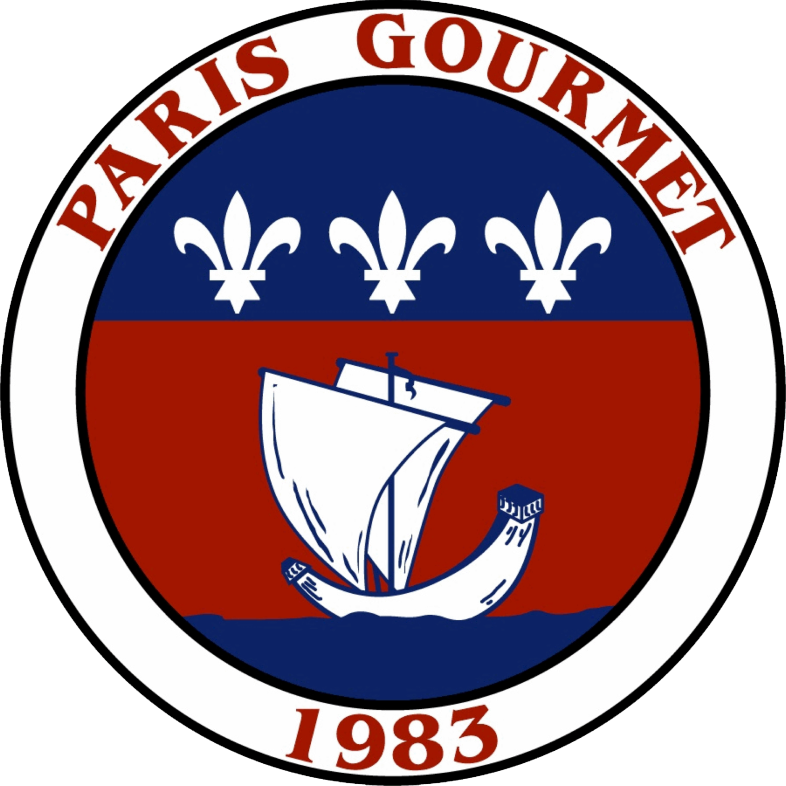Articles
Sort By:
Alphabetical (A -> Z)
By
John Duffy
Have you ever known the pleasure of licking the powdery residue of puffed cheese snacks (think "cheese that goes CRUNCH") from your fingertips? Then you are acquainted with the delicious results of combining a ...
Tapioca typically brings to mind an old-fashioned dessert of sweet pearlescent pudding studded with starchy spheroids. But you probably eat tapioca just about every day without realizing it.
When you think about agriculture, you probably envision a farm with rows of wheat and vegetables growing in the soil. But there is also an entire business comprised of underwater agriculture, and that’s where t...
